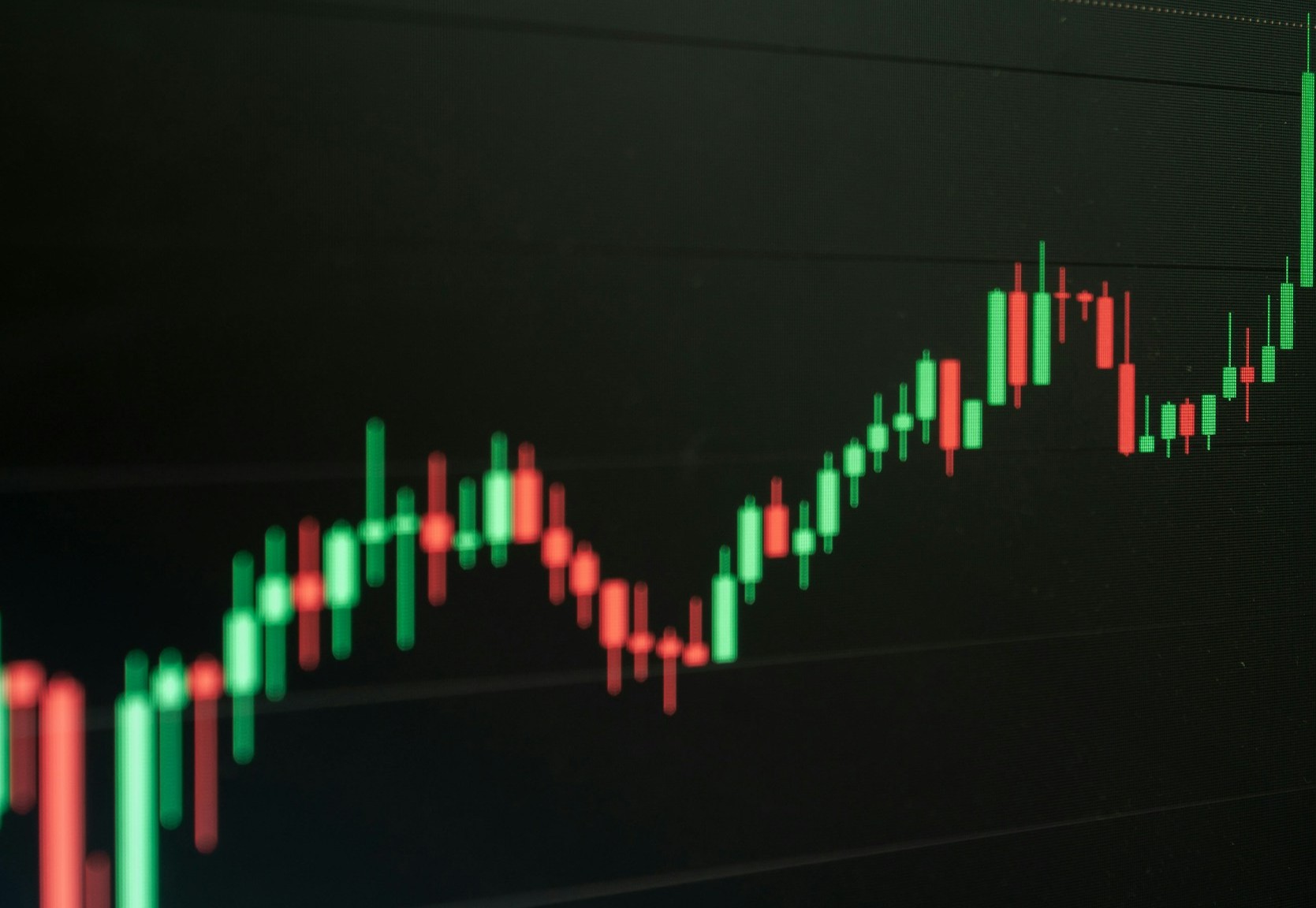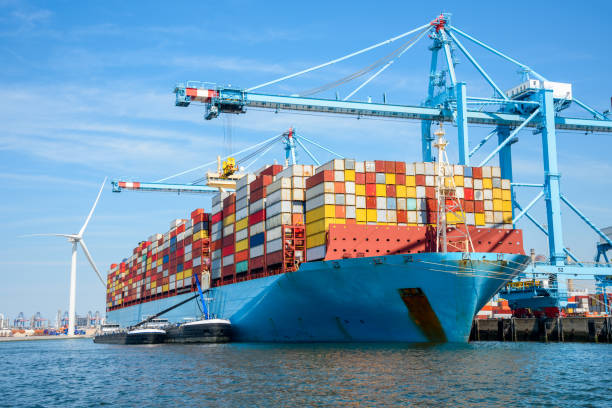Casablanca – Morocco has recorded a significant increase in tax revenues during the first ten months of 2025, highlighting both the resilience of government collections and the mounting fiscal pressures on companies. According to official data from the Ministry of Economy and Finance and the General Treasury, total tax receipts reached 30.6 billion dollars by the end of October, up 16.4% from 26.3 billion dollars during the same period in 2024.
The rise in tax revenue has been led by corporate taxes, which jumped by 1.75 billion dollars, reflecting an increase of nearly 31% compared to last year. This surge was supported in part by tax regularization measures, which alone contributed approximately 2.05 billion dollars to the Treasury. Income tax collections also rose substantially, reaching 5.8 billion dollars, an increase of 15.8%, largely driven by payroll deductions and voluntary compliance initiatives.
Value-added tax (VAT) was another major contributor, with revenues climbing by 6.7 billion dirhams in local currency, equivalent to roughly 0.69 billion dollars. This increase came from both domestic and import-related VAT, totaling about 4.1 billion dollars combined. Despite these gains, customs duties fell by around 114 million dollars, primarily due to the elimination of tariffs on cattle and sheep.
Other indirect taxes on consumption, including energy products and manufactured tobacco, also showed substantial growth, collectively adding approximately 3.44 billion dollars. Energy-related taxes alone accounted for roughly 1.8 billion dollars, while tobacco taxes contributed 1.3 billion dollars. These figures underscore the continued reliance of Morocco’s fiscal system on consumption-based taxation, which directly affects households and businesses alike.
While revenue collections have surged, public spending pressures remain high. Ordinary government expenditures reached 30.7 billion dollars by October, representing an increase of about 4.26 billion dollars over the same period in 2024. The growth in spending was largely driven by wages, transfers to public institutions, and interest payments on public debt. Employee compensation alone rose by approximately 1.56 billion dollars, while transfers to social support programs and public agencies added another 2.21 billion dollars. Interest payments on domestic debt increased by roughly 0.84 billion dollars, partially offset by a decline in external debt servicing of around 90 million dollars.
Subsidy expenditures, a key area of government support for basic goods such as butane gas, sugar, and domestic flour, fell by about 0.56 billion dollars. This reduction reflected lower energy subsidies and the non-renewal of certain transport-related support programs, marking a 25% decline compared to the previous year. Total subsidy spending reached roughly 1.65 billion dollars by the end of October.
Despite the growth in revenue, the fiscal situation presents challenges. The total ordinary revenue for the first ten months of the year reached around 35 billion dollars, but the budget deficit remained significant, exceeding 6.2 billion dollars. Analysts note that while the government’s tax system continues to perform well on paper, the reliance on consumption and payroll taxes places considerable pressure on companies and households. Corporate tax collections, in particular, have increased at a rate that surpasses the real growth of economic activity, raising concerns about liquidity constraints for businesses and the broader investment climate.
The data also highlights the uneven distribution of fiscal contributions. More than 41% of Morocco’s tax revenue comes directly from VAT and income tax, with limited contributions from wealth taxes or major corporate profits. This concentration of tax pressure on individual earners and SMEs has prompted discussions about the need for a more balanced fiscal strategy that supports investment, reduces pressure on vulnerable taxpayers, and ensures sustainable public financing.
Morocco’s early 2025 fiscal performance reflects a dual reality: strong government revenue growth alongside rising pressures on the private sector. While the Treasury benefits from higher collections, businesses continue to navigate an environment of high tax burdens and rising operational costs. Policymakers face the challenge of maintaining revenue momentum while fostering conditions for sustainable economic growth and investment.















